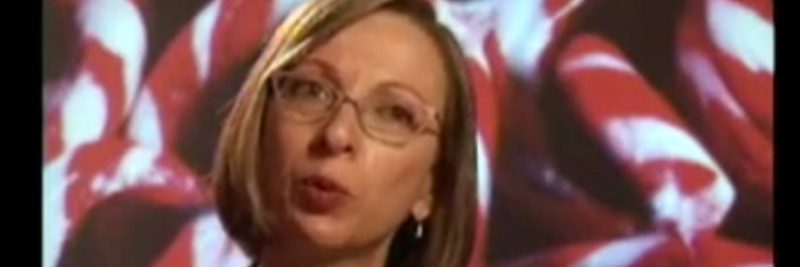The story of the candy cane often involves one of religion. It’s been said that the candy cane was made in the form of a “J” to represent Jesus. The red stripes then become a reflection of the crucifixion and the white represents the purity of salvation. The origins of the candy cane, however, go back over three centuries. A choirmaster in Germany took the white sugar sticks and formed one end into a cane so that the candy could be added to other food decorations during the Christmas season.
It wasn’t until 1847 that the first American references to a candy cane are made. A German immigrant was seen hanging them from his Christmas tree in Ohio. What is interesting is that all of the pre-1900 Christmas cards that include candy canes don’t have any red stripes on them. After the turn of the century, however, all of them have the stripes.
The truth is that no one really knows who invented the modern candy cane. We do know, however, that Father Gregory Keller did patent a candy can forming machine in 1957, though it was his primary invention. Here is a look at some other unusual and mysterious Christmas inventions.
1. Tinsel
The thin, sparkly strands of foil that we sometimes drape over a Christmas tree first started appearing in German as well, right around the same time as the invention of the candy can. These strips were originally made from silver, but they would tarnish in the air. Other materials were used and eventually tinsel was made from aluminum. By 1950, more tinsel was being used on Christmas trees than lights.
2. Scotch Tape
Scotch tape wasn’t actually invented in Scotland. In 1923, a man named Richard Drew invented a tape that had adhesive along the sides of it, but not down the middle. It fell off a car during it’s trial run and someone told Drew that he needed to go back to his cheap Scotch bosses so they could put more adhesive on the invention. The name stuck and the first transparent tape had been created.
3. Wrapping Paper
Wrapping a present is a tradition that dates back to the 2nd century at the very least. It wasn’t as popular as it has become today, however, until the early 1900’s. Around 1917, Hallmark began selling large sheets of printed paper, not that generic brown stuff, for about 10 cents per sheet. After being on the market for a couple of years, the practice began taking off and now it sells by the roll all year long.
4. Rudolph
Did you know that Rudolph the Red Nosed Reindeer wasn’t part of the original Christmas story? He’s actually the invention of an American department store. In 1939, Montgomery Ward gave an assignment to one of their copywriters. His name was Robert May and he was told to create a story that could be given away with the purchase of an item. After millions of story giveaways, May secured the character rights, produced a cartoon, and created a song.
Strong proponent of individual liberty and free speech. My goal is to present information that expands our awareness of crucial issues and exposes the manufactured illusion of freedom that we are sold in America. Question everything because nothing is what it seems.




















